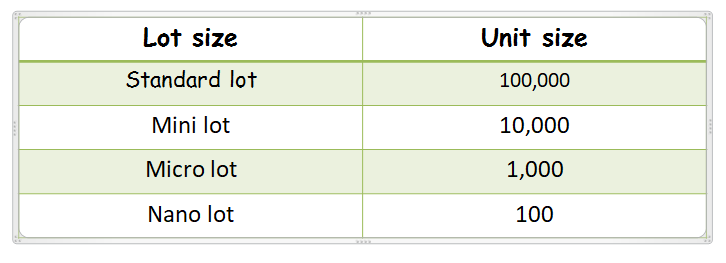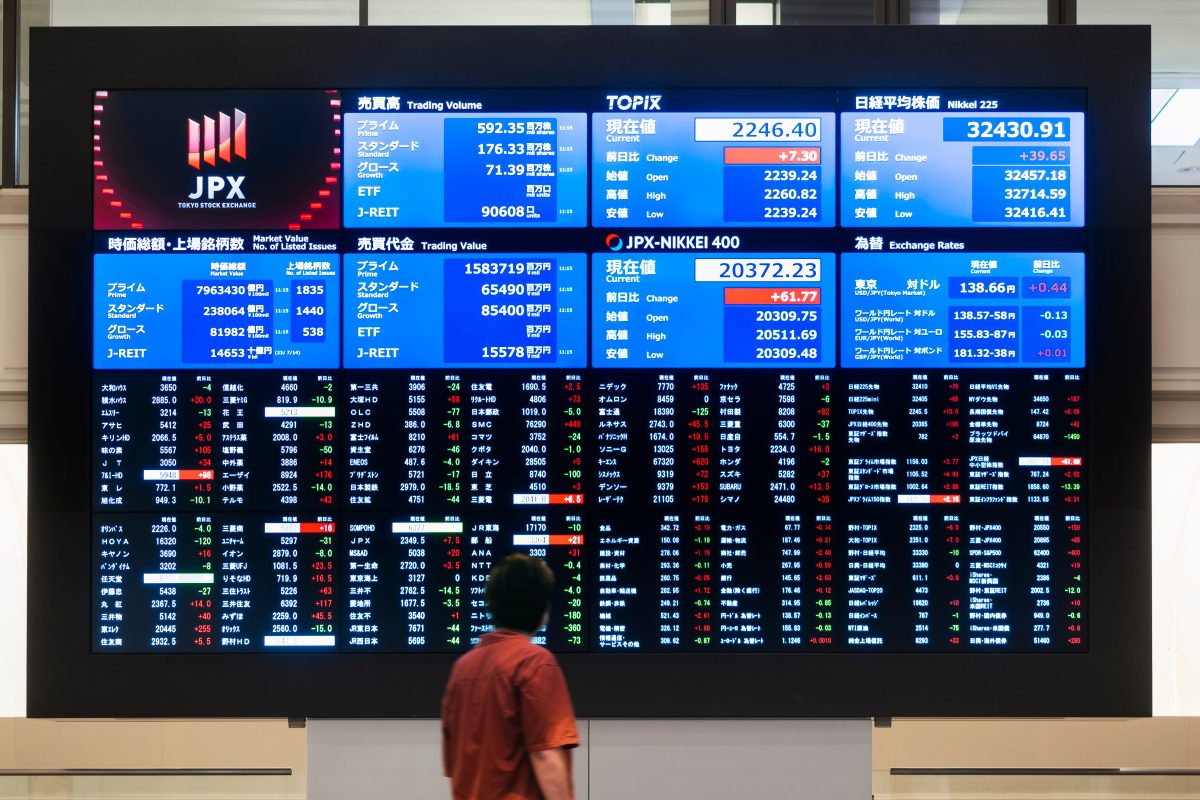Risk comes from not knowing what you’re doing – Warren Buffet.
Updated March 2020
Foreign exchange (forex or FX) trading, once the domain of commercial banks, hedge funds, large corporations and high net worth individuals, is now available to anyone with an internet connection and sufficient funds to meet balance requirements.
 Although a low barrier to entry, a number of core skills are required to operate successfully in the markets, including risk and money management principles.
Although a low barrier to entry, a number of core skills are required to operate successfully in the markets, including risk and money management principles.
Position sizing, be it long (a buy) or short (a sell), should never be an arbitrary decision. Professional traders appreciate the significance of risk management, ensuring each trade conforms to their personal risk limit.
Forex Basics
The forex market trades in pairs. The EUR/USD, the GBP/USD and the AUD/USD are currency pairs (or forex pairs). The ‘base currency’ is the first currency in a currency pair quotation, the EUR, GBP and AUD (highlighted in bold) are all base currencies. The ‘quote currency’, or ‘counter currency’, is the second currency – the US dollar (underscored).
The value of a currency pair computes using the counter currency. Assuming the EUR/USD has a trade price of 1.4500, for example, it’d cost $1.45 to purchase 1 euro (the base currency always equals 1).
Lot Sizes
A ‘lot’ refers to the minimum available transaction size:

Define Account Risk
Account risk is the first port of call to determine a position’s size: the risk value applied to each trade.
Say the account balance, or account size, is $5,000. Would you be comfortable losing $50 on an individual trade – 1% of the account’s equity? What about $100 (2%) or $200 (4%)? Everyone’s personal risk appetite is different. Some feel at ease losing 3%, while others quiver at the thought.
Upon determining a risk margin for your trading account, ensure risk is kept constant. Altering this parameter, particularly for a new trader, is likely to present complications.
Risking no more than 2% on any particular trade is recommended across the board. Keeping trade risk low on each trade allows a trader to remain in the fight when losses occur.
Determine Pip Value
A pip, short for point in percentage, is a small measure of change in a currency pair.
The next step is defining pip value. Pip value equals the fourth figure after the decimal point 0.0001. JPY pairs, however, use the second figure after the decimal point 0.01.
The following demonstrates a situation where by the account currency is identical to the quote currency.
Account currency: USD
Currency pair: EUR/USD
Pip movement: 0.0001
Exchange rate: 1.1331
Lot size: mini lot
Calculation: 0.0001 * 10,000 units (1 mini lot) = 1
In this case, trading 1 mini lot of the EUR/USD equates to $1 each pip. Trading 2 mini lots (20,000 units) would be $2 per pip.
Trade 2 is an illustration of an account currency differing from both the base and quote currency.
Account currency: GBP
Currency pair: EUR/USD
Pip movement: 0.0001
Exchange rate: 1.1331 – GBP/USD: 1.3189
Lot size: standard lot
Calculation: 0.0001*100,000/1.3189 = £7.58 per pip
Trade 3 shows the calculation for an account currency matching the base currency.
Account currency: AUD
Currency pair: AUD/JPY
Pip movement: 0.01
Exchange rate: 79.104
Lot size: standard lot
Calculation: 0.01*100,000/79.104 = AUD 12.64 per pip
Calculate Position Size
Pip distance * pip value * lots traded = risk value.
In addition to calculating pip value and having an understanding of lot sizes, the final step is determining pip distance. In other words, how many pips from the entry to the stop-loss level.
By means of the mathematical formula above, traders are able to calculate any trade position with confidence.
Using trade 1 as an example, assume the stop-loss distance from entry is 20 pips. Knowing the pip value is $1, this equates to a 20$ risk using 1 mini lot. Say you have a $10,000 account, though, and are content on risking 1%, $100. Using the calculation above, 5 mini lots equate to $100 (20 * 1$ * 5 mini lots).
Trade 2, on the other hand, is bigger in size. For educational purposes, let’s assume you have a £20,000 account and are considering a long on the EUR/USD. Being an experienced trader, you’re comfortable risking 3% of the account on each trade: £600. With a pip distance of 40 pips, the calculation is as follows: 40 * £7.58 * 2 standard lots = £606.4. If not comfortable with the additional £6.40, you simply trade one standard lot and nine mini lots, totalling £573.2 (this assumes the trader only uses mini and standard lots).
One mini lot equates to £0.75p. Multiply this by 9 and then multiply by 40 gives £270.
Manage Risk Like a Professional
Without correct position sizing you’re doomed to fail, irrespective of the trading strategy’s win ratio. The main purpose of this article, therefore, was to introduce the importance of proper position sizing, and show the mechanics behind a basic calculation. Hopefully, with this knowledge, you’ll always have trade risk in check.
To make life a little easier, IC Markets offers a convenient pip calculator, doing most of the heavy lifting in terms of the calculation:





